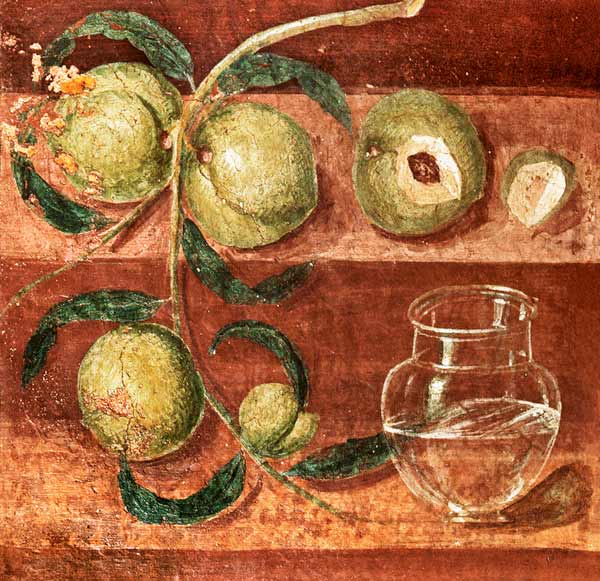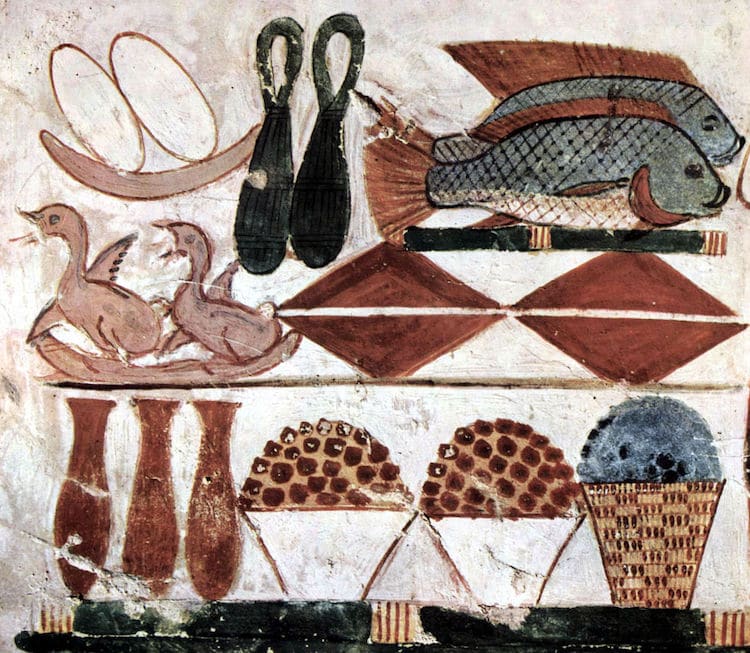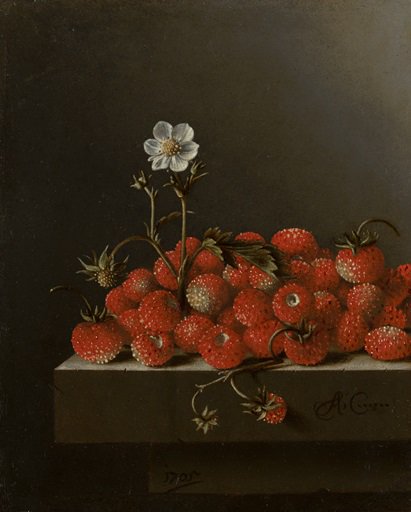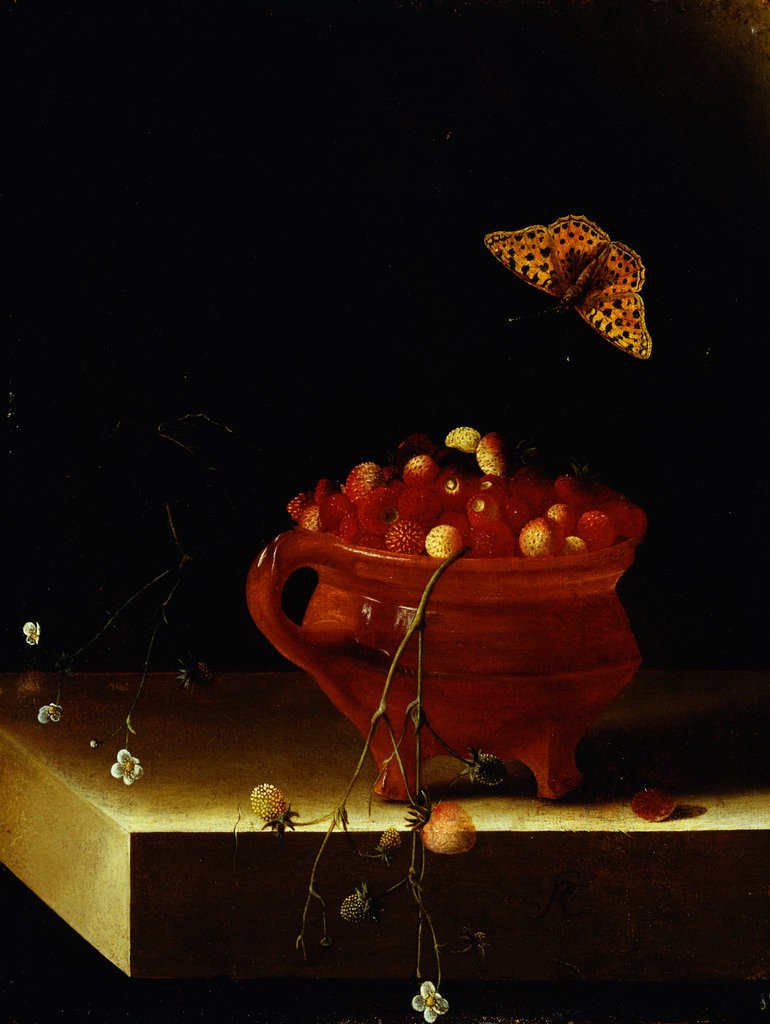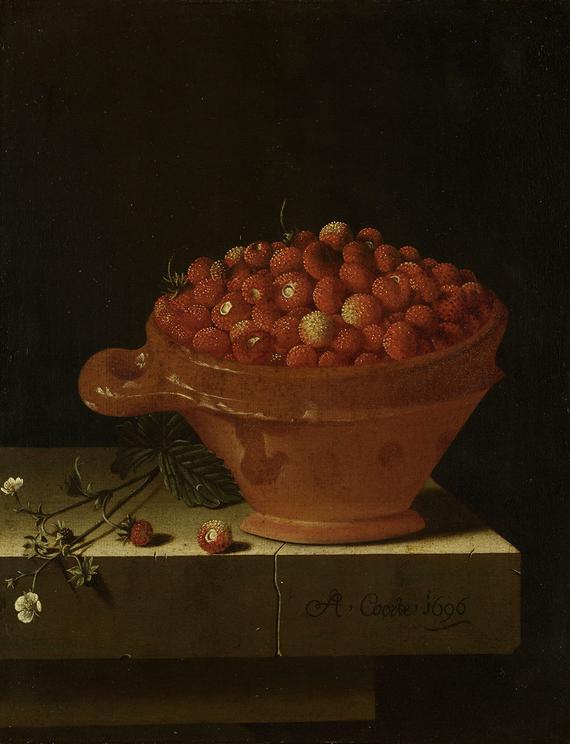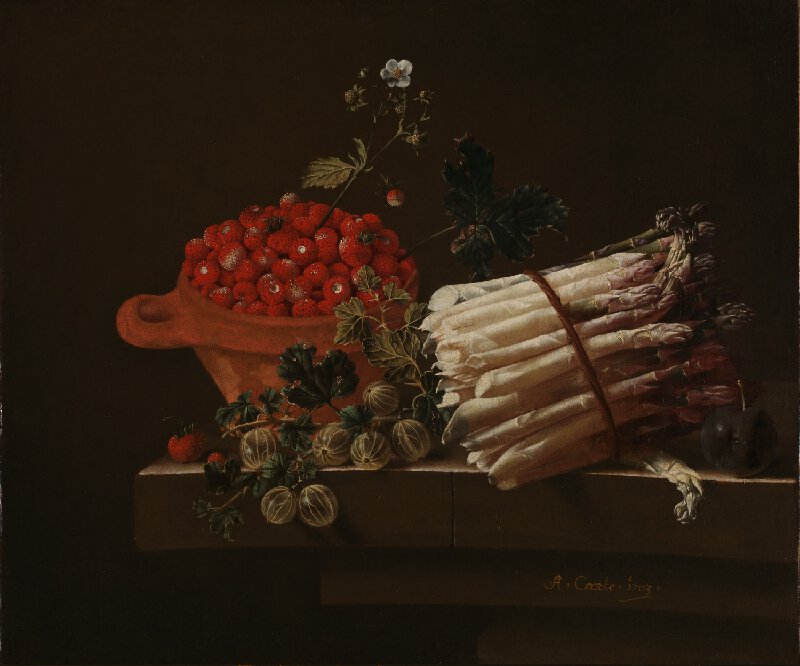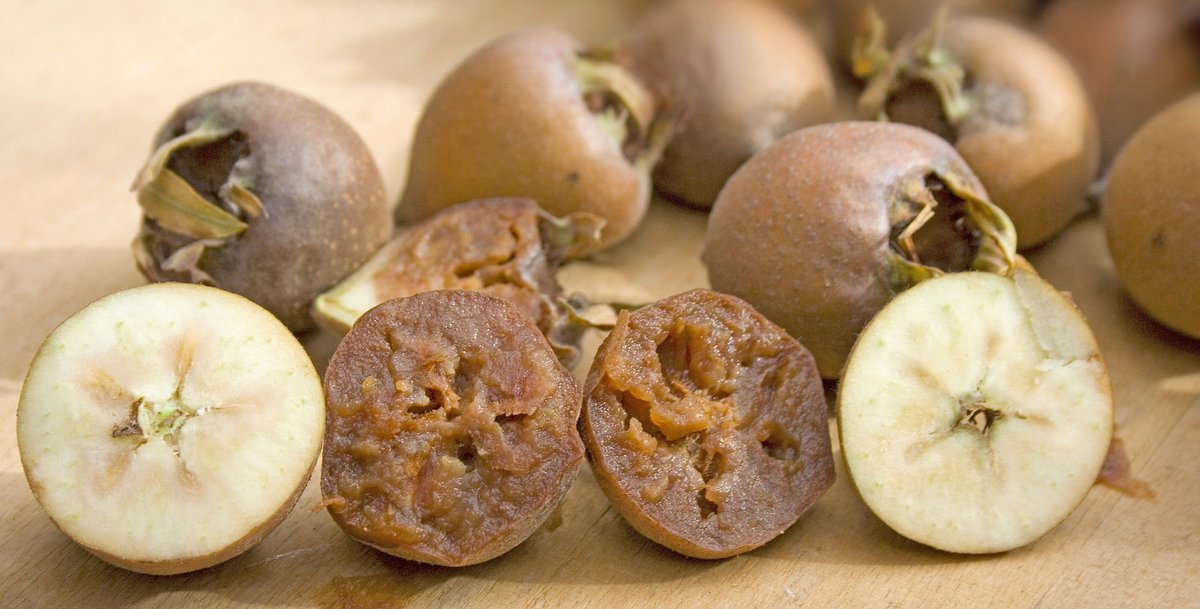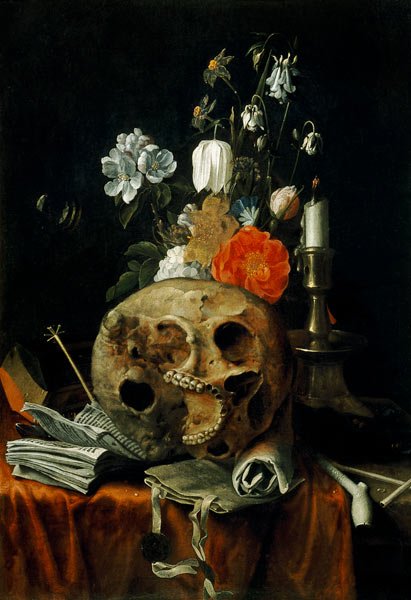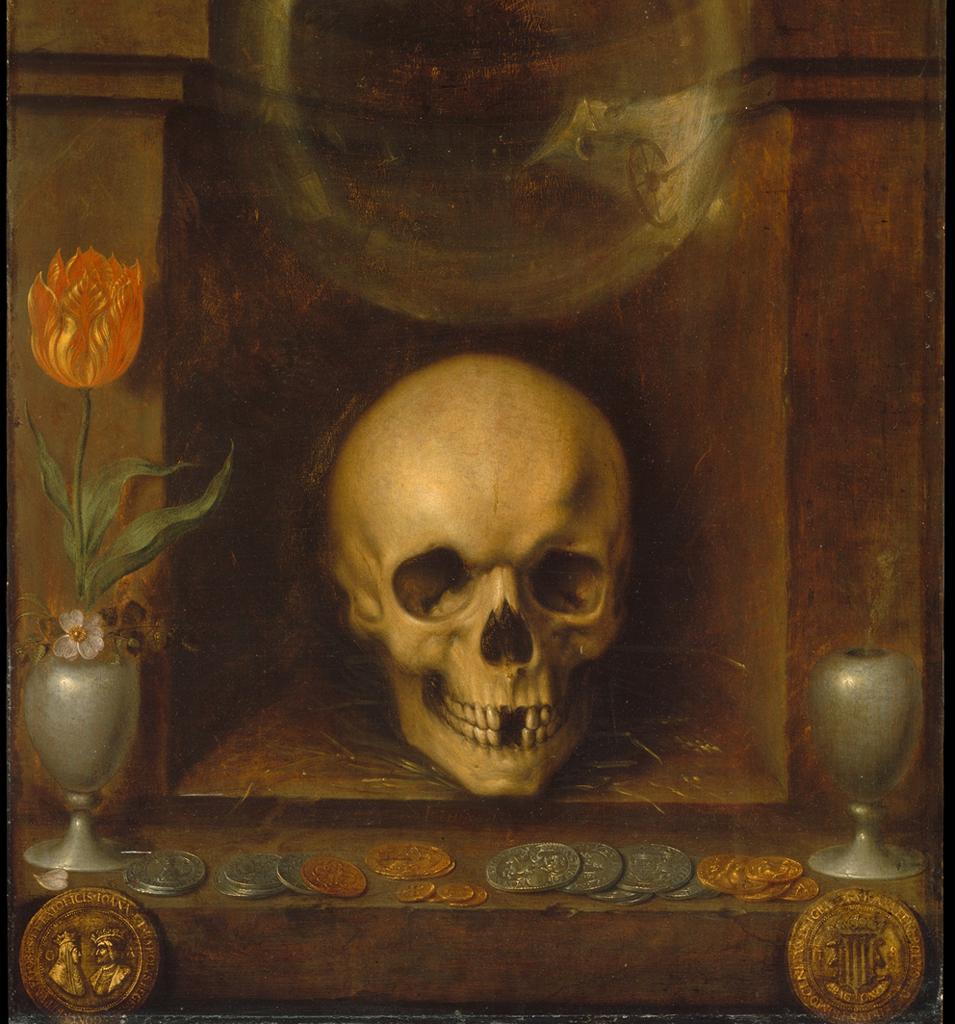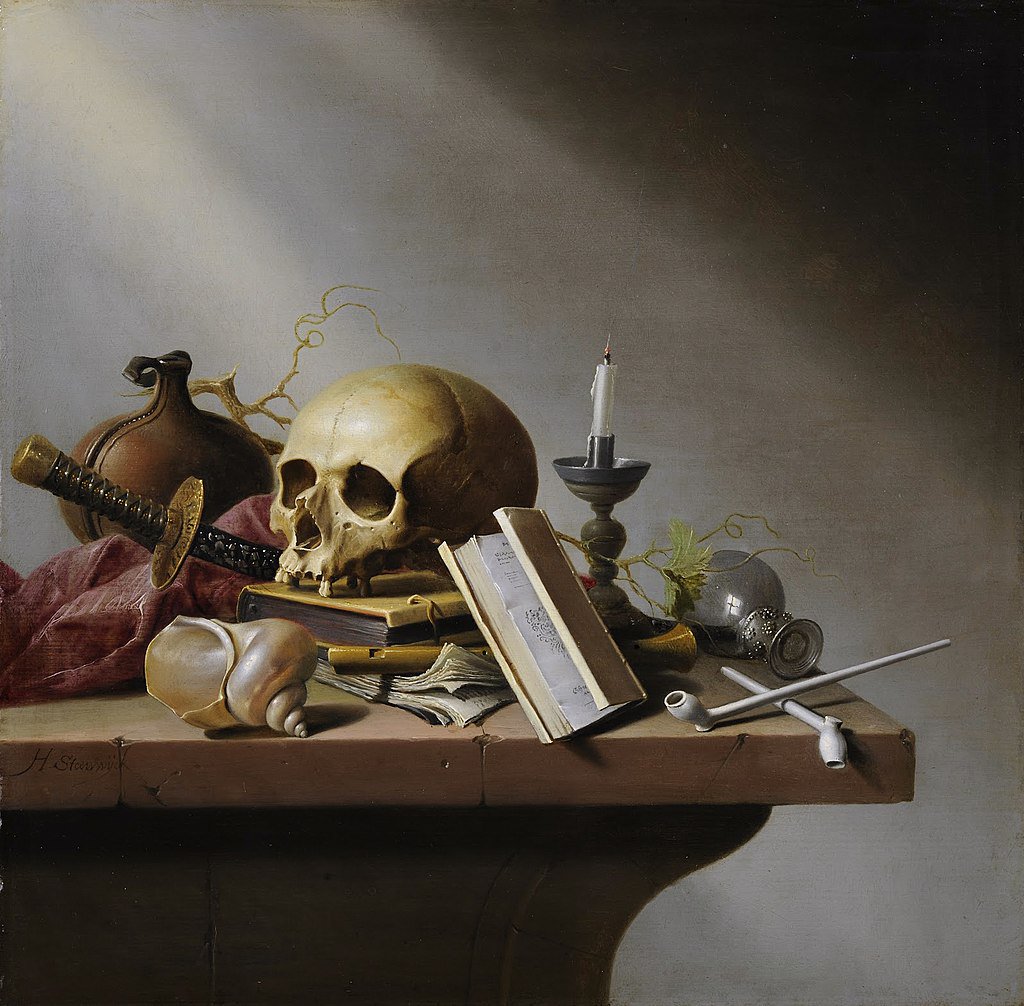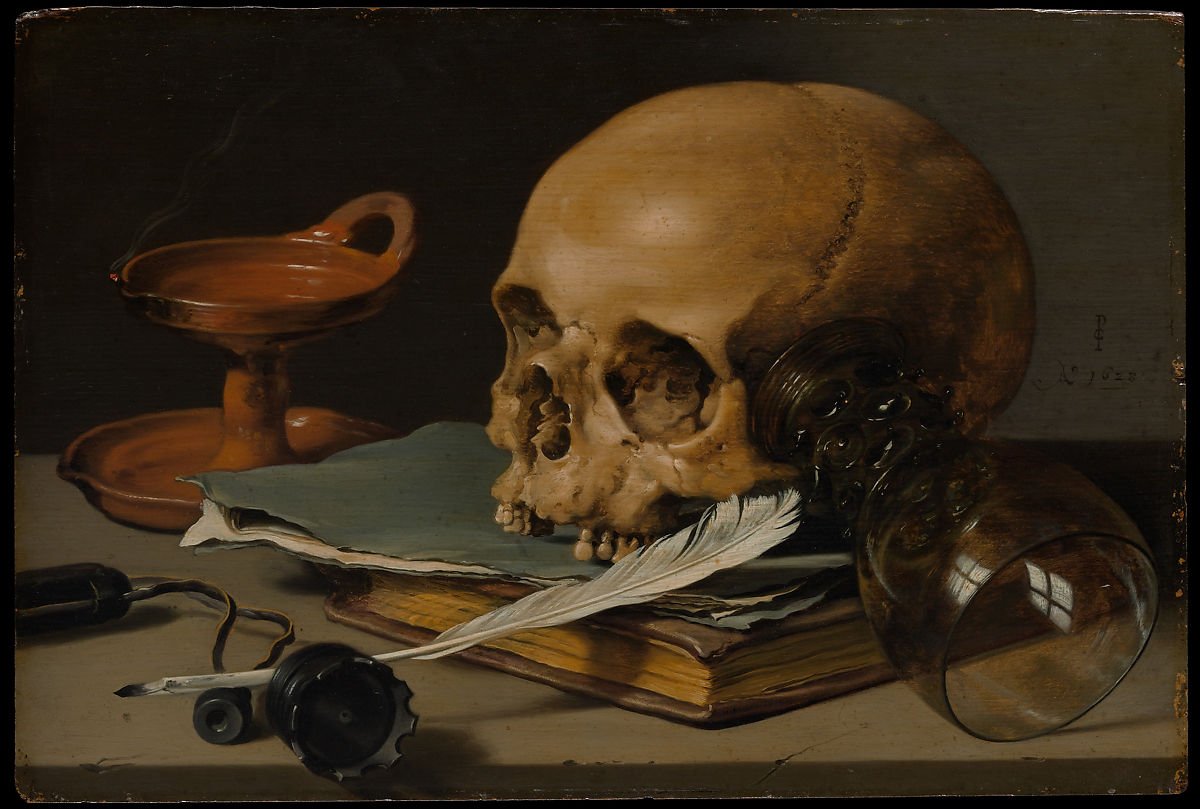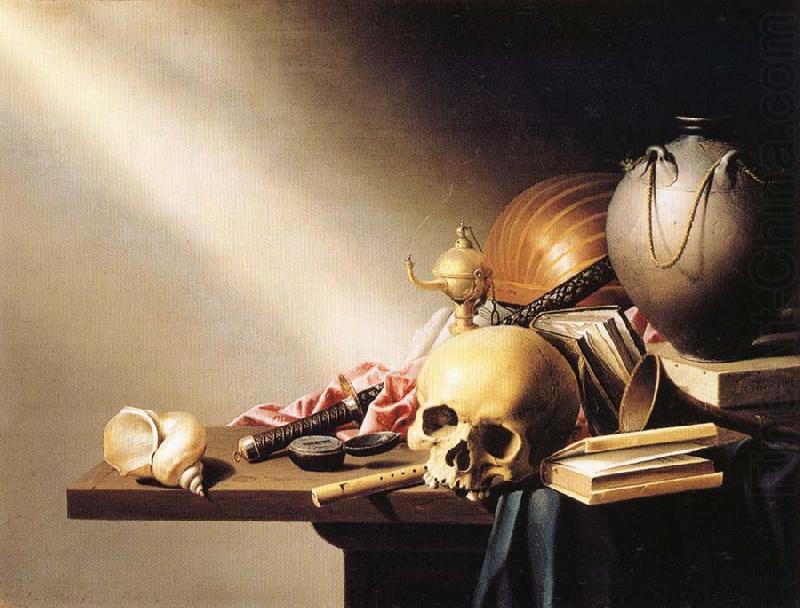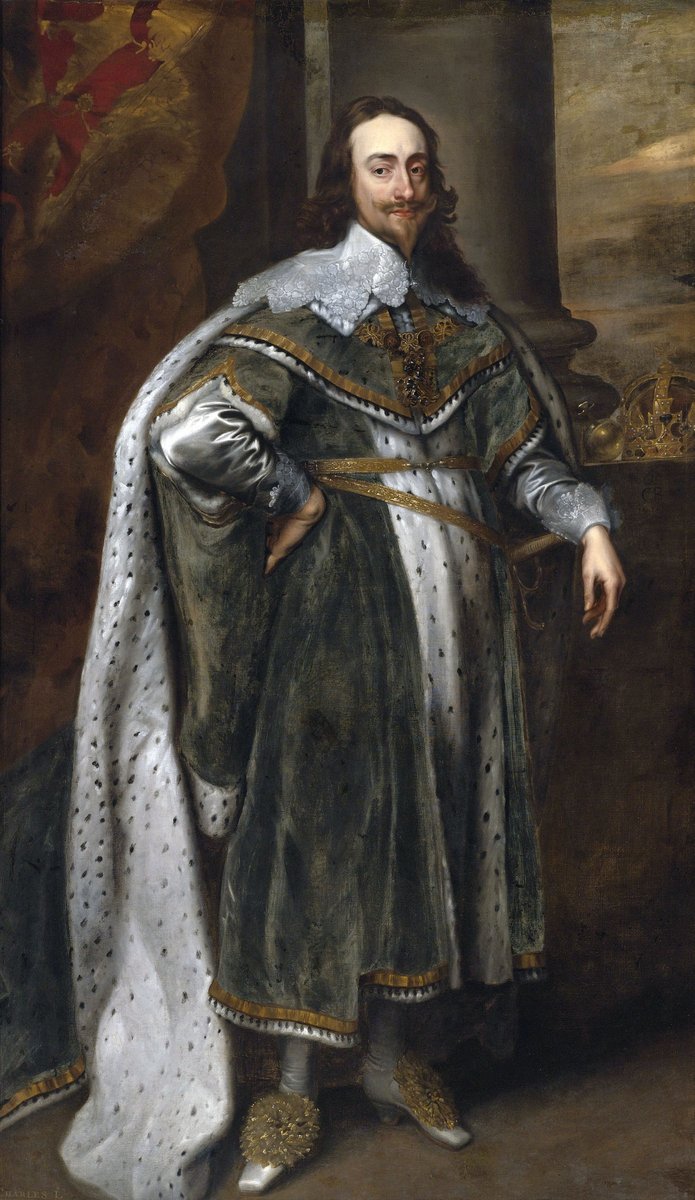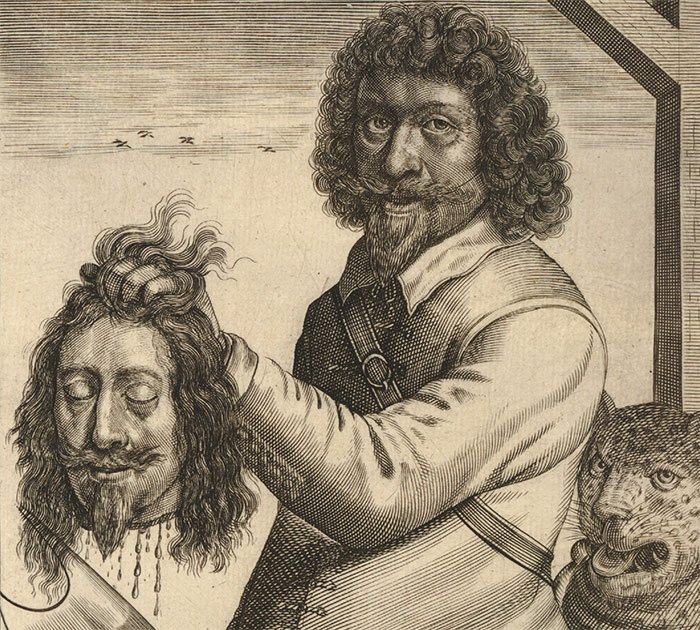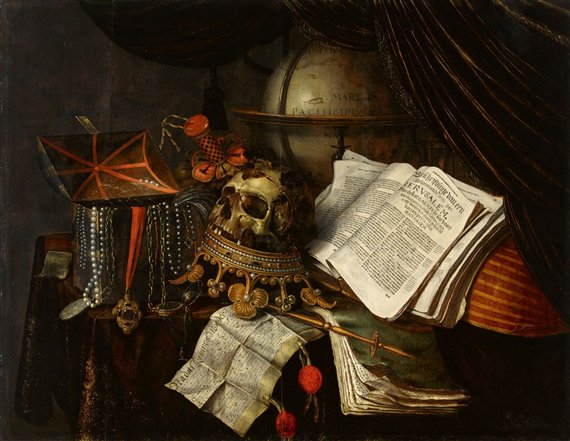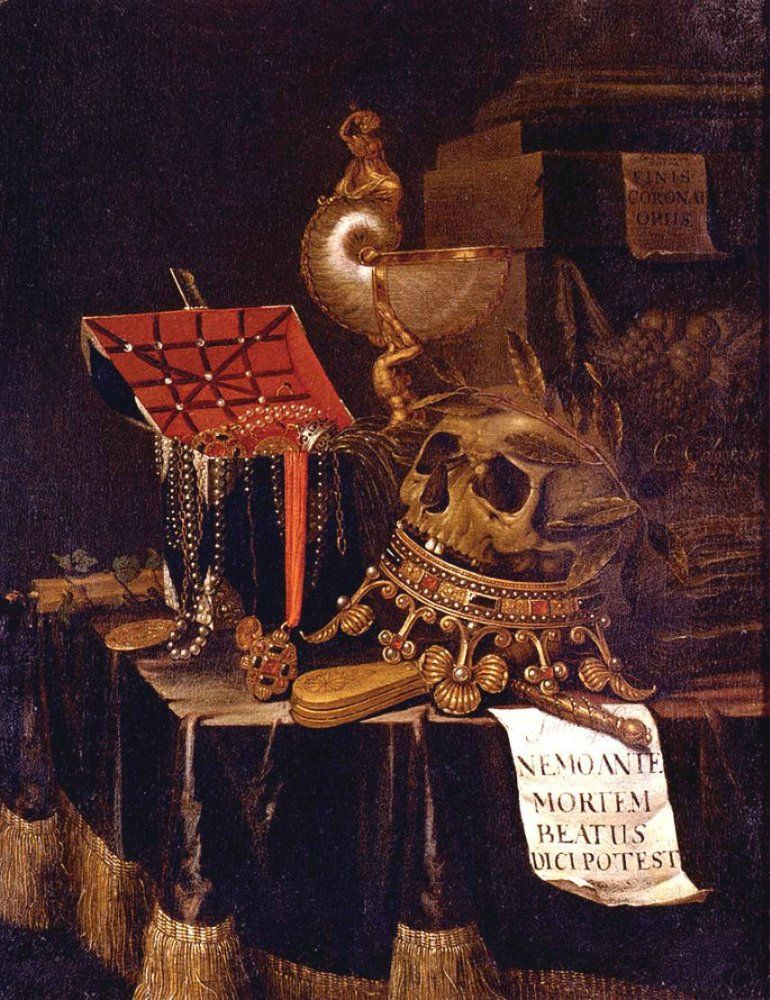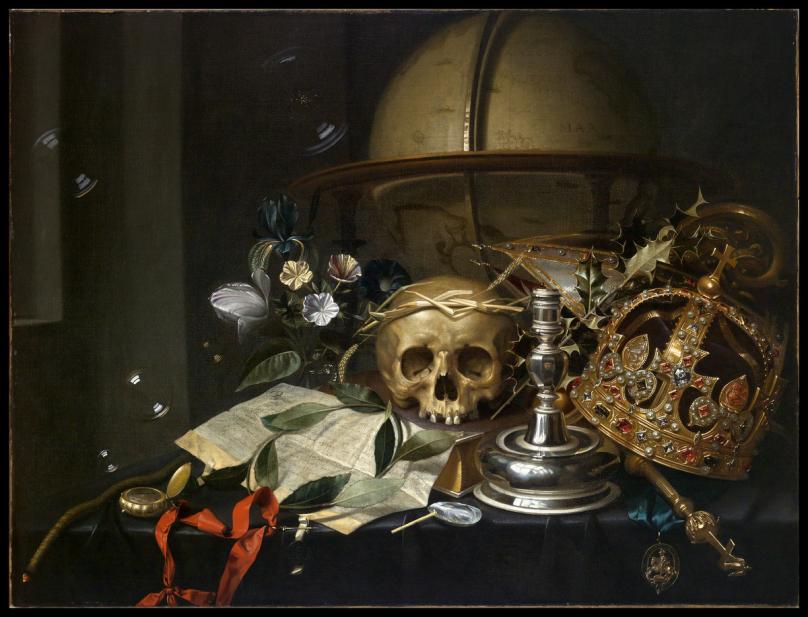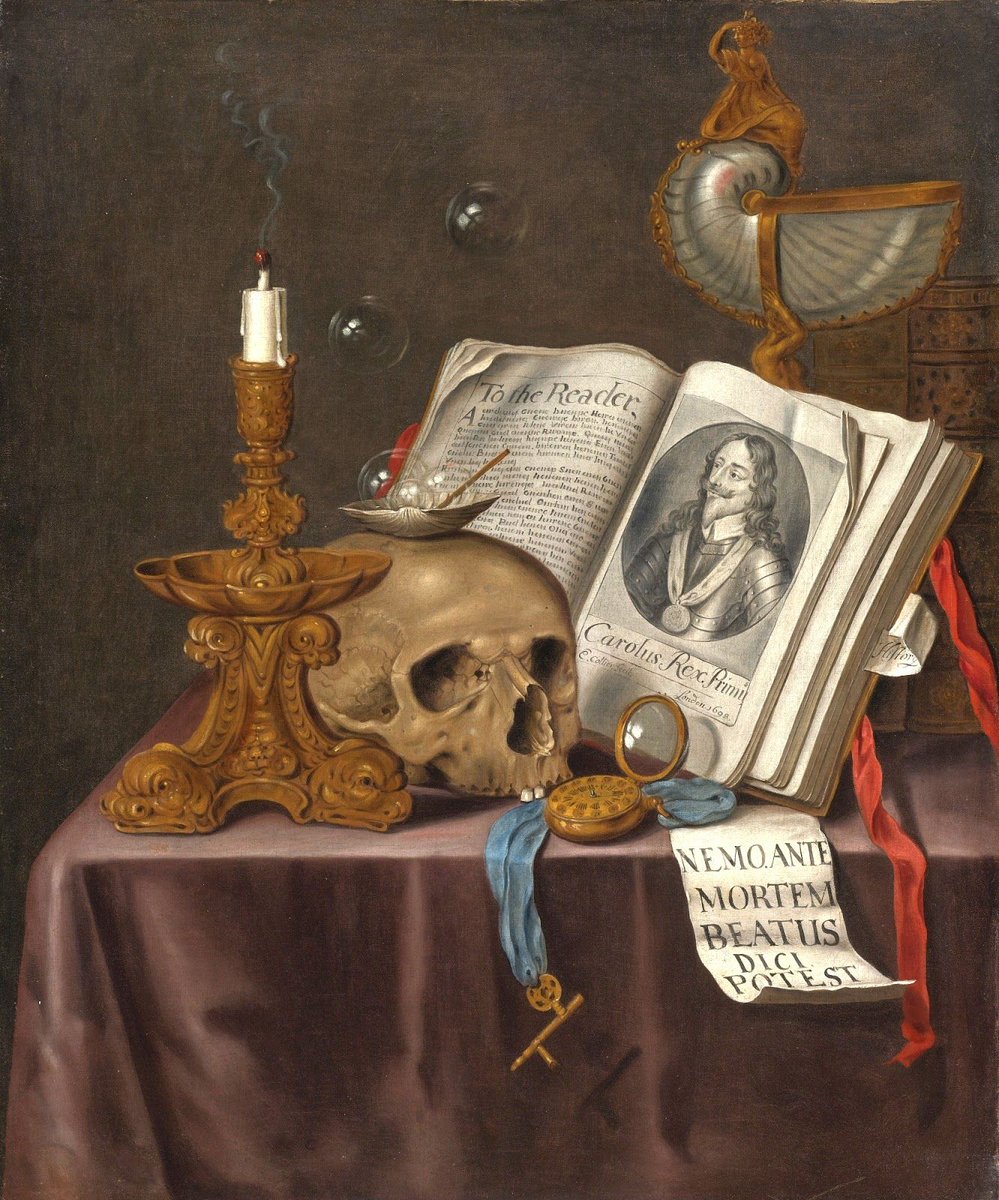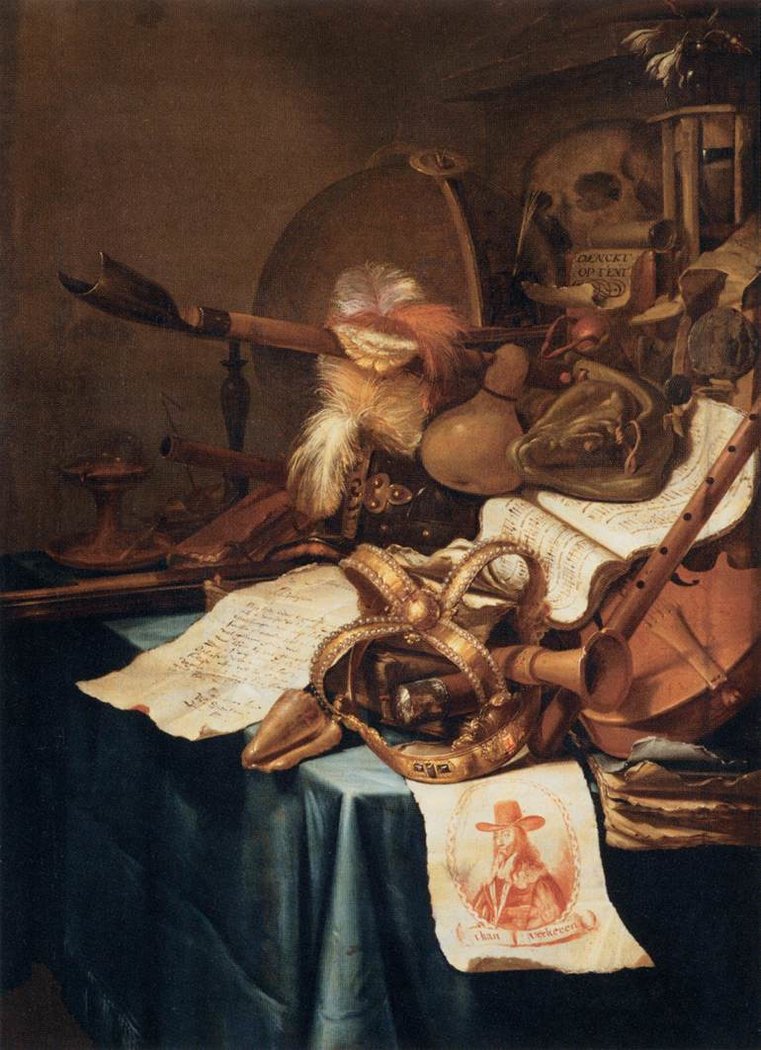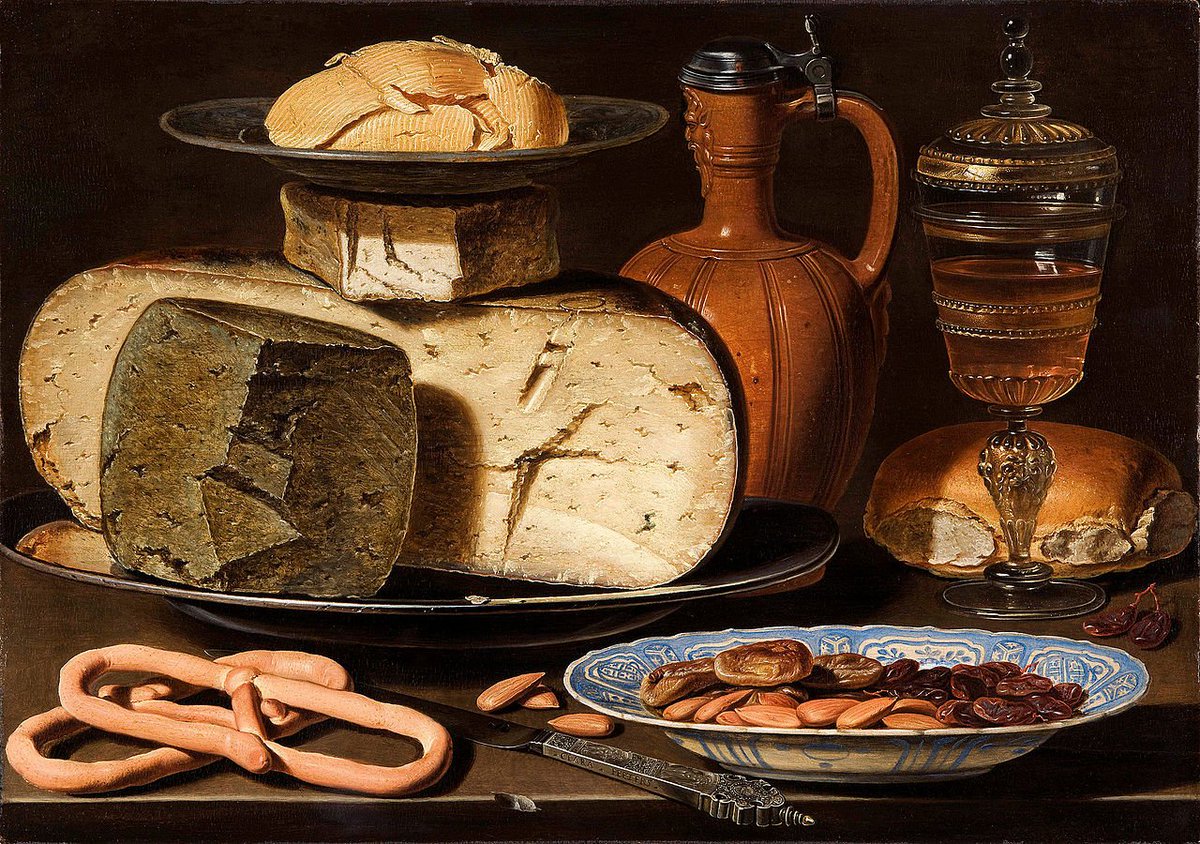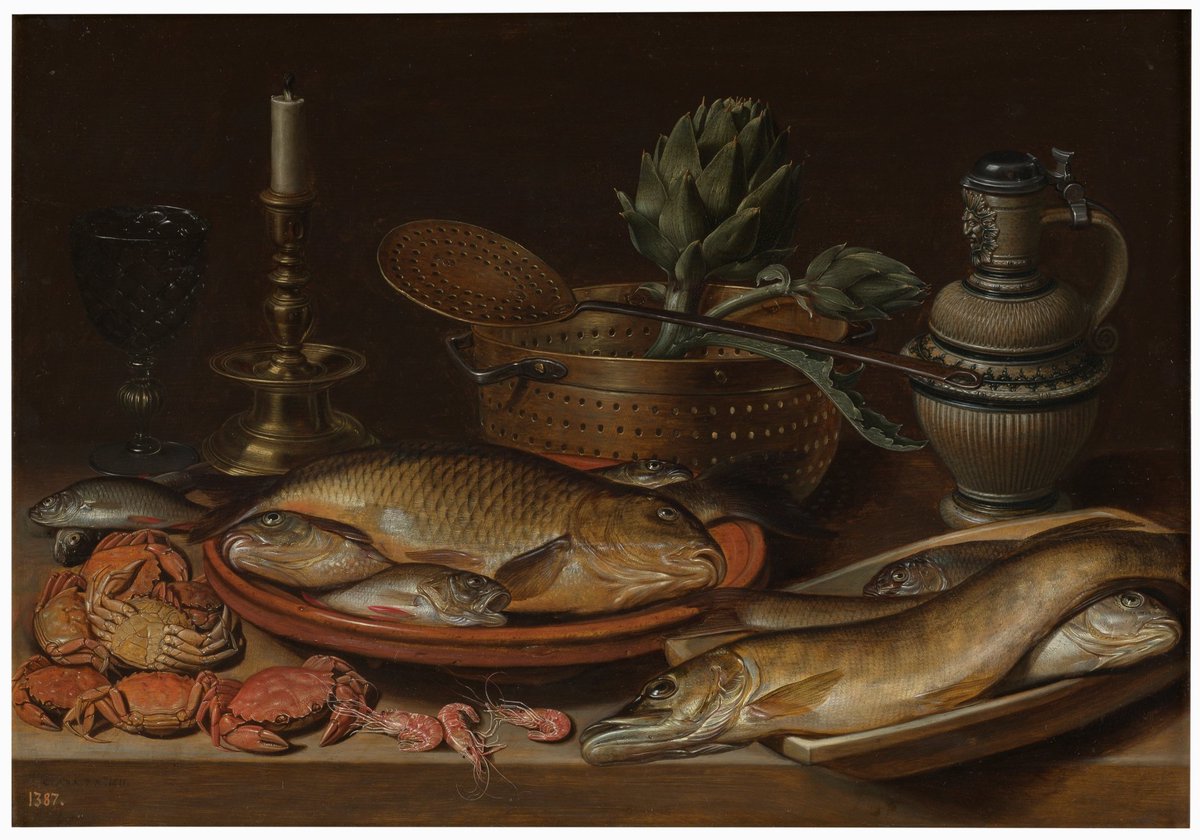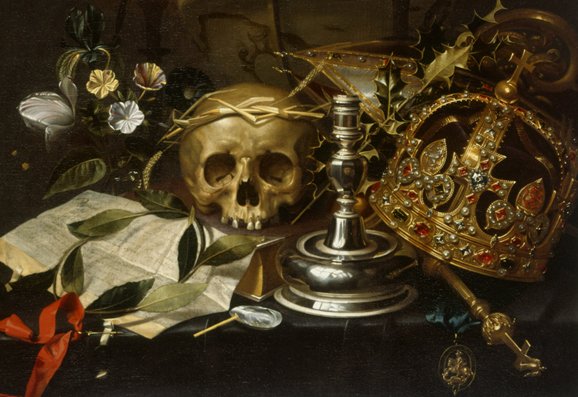Hey, so.
Let& #39;s talk about one of the most misunderstood genres in European, specifically Flemish, art.
Let& #39;s talk about one of the most misunderstood genres in European, specifically Flemish, art.
The county of Flanders didn& #39;t invent the still life, of course. The first known instances of art depicting aesthetically arranged objects are ancient. Egyptians depicted feasts meant to feed the dead in the afterlife; Romans and Greeks decorated their houses with still lifes.
But we& #39;re not talking about that stuff. We& #39;re not even talking about still life traditions popular in other European countries, like Spain and Italy. We& #39;re gonna talk about my favorite still lifes: FLEMISH ones, from the 16th/17th century onward.
Why? WELL, some stuff to remember about Flanders.
- The Dutch Reform Protestant Church, formed in 1571, forbade the depiction of religious icons.
- Painting inanimate objects was considered less accomplished/laudable than live subjects.
- They were rarely, if ever, commissioned.
- The Dutch Reform Protestant Church, formed in 1571, forbade the depiction of religious icons.
- Painting inanimate objects was considered less accomplished/laudable than live subjects.
- They were rarely, if ever, commissioned.
In practice, this essentially meant that
- Symbolic and metaphorical depictions of religious concepts flourished.
- Since it was a "vulgar" genre, beneath portraiture and soforth, men felt less threatened by women still life painters.
- Artists got to choose the subject matter.
- Symbolic and metaphorical depictions of religious concepts flourished.
- Since it was a "vulgar" genre, beneath portraiture and soforth, men felt less threatened by women still life painters.
- Artists got to choose the subject matter.
In addition, despite not being "high art," still lifes were popular with the middle class. The demand meant tons of subgeneres developed. So now, in the modern day, we have this huge body of surviving work. Some of it by women, ALL of it by ppl choosing what they painted.
COOL.
COOL.
But wait, it gets even BETTER.
Cuz see, Flemish still lifes were so popular that the symbolism they employed became *formally codified.* Eventually, a part of being an educated art collector of the period was knowing what still life to hang where, depending on its contents!
Cuz see, Flemish still lifes were so popular that the symbolism they employed became *formally codified.* Eventually, a part of being an educated art collector of the period was knowing what still life to hang where, depending on its contents!
Like... a lot. He painted a whooole lotta of images depicting strawberries.
Cuz see, strawberries are symbolic of Paradise. Heaven!
(So are artichokes and asparagus, by the way.)
Cuz see, strawberries are symbolic of Paradise. Heaven!
(So are artichokes and asparagus, by the way.)
And occasionally accompanying Adriaen& #39;s strawberries are butterflies.
Butterflies in Flemish still lifes had multiple meanings.
- The fleeting, fragile brevity of life.
- The human soul.
- And, due to its metamorphosis from a caterpillar, Jesus& #39; death on the cross and rebirth.
Butterflies in Flemish still lifes had multiple meanings.
- The fleeting, fragile brevity of life.
- The human soul.
- And, due to its metamorphosis from a caterpillar, Jesus& #39; death on the cross and rebirth.
So now, we understand the symbolism. It& #39;s not just about strawberries, asparagus, and bugs; it& #39;s about heaven, and Jesus, and the soul. It& #39;s a gentle memento mori; something to contemplate and remind you that you, too, will die. So if you want strawberries, better remember Jesus!
But let& #39;s say you headed down to Adriaen& #39;s studio one afternoon, and he was all out of strawberry paintings for your respectable, middle-class home. And instead, you brought THIS home.
Same difference, right?
Same difference, right?
NO.
*FUCK* NO.
ABSOLUTELY NOT.
Because those aren& #39;t strawberries, asparagus, or artichokes. Those are MEDLARS, you ASSHOLE.
*FUCK* NO.
ABSOLUTELY NOT.
Because those aren& #39;t strawberries, asparagus, or artichokes. Those are MEDLARS, you ASSHOLE.
A medlar is a fruit cultivated sine ancient times, and unusual in the respect it& #39;s not edible raw until it& #39;s essentially begun to rot.
This rotten-before-it& #39;s-ripe fruit is a metaphor for wantonness and prostitution; the ruination of something pure.
This painting is code for "Hoes don& #39;t go to heaven, you know."
Hang this over your bed if you& #39;re hankerin& #39; for a divorce.
This painting is code for "Hoes don& #39;t go to heaven, you know."
Hang this over your bed if you& #39;re hankerin& #39; for a divorce.
Heaven, death, and purity are themes that recur in Flemish still lifes, dressed up as breakfast spreads, dinner tables, and object collections. Some, like the butterfly, are pretty and pleasant, not too harsh.
But other art connoisseurs appreciated a more direct message.
But other art connoisseurs appreciated a more direct message.
If he was feeling spicy, Adriaen might include a nautilus shell in a painting. It stood in for a human skull, and coupled with random seashells (symbols of religious pilgrimage), the message was still clear: Maybe go on that walk to the local shrine, before it& #39;s too late.
"Vanitas" is Latin for empty, futile, WORTHLESS. And it& #39;s a description of your SHORT AND POINTLESS MORTAL LIFE.
Skulls, snuffed and short candles, wilting flowers, emptying hourglasses, fragile soap bubbles, toppled glasses. The symbolism is still clear, centuries later.
Skulls, snuffed and short candles, wilting flowers, emptying hourglasses, fragile soap bubbles, toppled glasses. The symbolism is still clear, centuries later.
Vanitas paintings often depicted symbols of mortal wealth, accomplishment, and luxurious pleasure; playing cards, tobacco pipes, instruments, Chinese porcelain, hefty tomes. And they were often featured alongside skulls.
Cuz none of it mattered. You couldn& #39;t take it with you.
Cuz none of it mattered. You couldn& #39;t take it with you.
Your studies? Your military victories? Your phat staxx? The LAST THINGS you& #39;ll be thinking about when you& #39;re BEFORE THE THRONE OF GOD. So GET TO CHURCH, JERK.
And y& #39;know what? These vanitas paintings are good. Great, even! But the very BEST ONES were painted AFTER Jan. 30, 1649.
And y& #39;know what? These vanitas paintings are good. Great, even! But the very BEST ONES were painted AFTER Jan. 30, 1649.
Because on that day? Charles I became the first King of England to be tried and executed by his subjects.
This is a whole story in and of itself- Charles was a strong believer in divine right, his opponents were called "roundheads" because, in contrast to the flowing locks of the royal court, they sported closely-cropped, practical, Protestant hairdos- but that& #39;s not the focus, now.
The focus is, VANITAS PAINTER FUCKING LOVED THIS. THEY THOUGHT IT WAS THE GODDAMN BEST.
It was the absolute embodiment of their message: YOUR EARTHLY POWER AND PRESTIGE IS NOTHING.
It was the absolute embodiment of their message: YOUR EARTHLY POWER AND PRESTIGE IS NOTHING.
And so, starting in 1649? Crowns started showing up in vanitas paintings in significant numbers.
And EVERYONE knew what that meant.
And EVERYONE knew what that meant.
Some of the artists left NOTHING to chance, and even included little portraits of Charles himself.
*hauls out megaphone* DO YOU GET IT? YOU GET IT, RIGHT? HE& #39;S A KING AND HE DIED. DO YOU UNDERSTAND MY PAINTING? IT& #39;S ABOUT HOW BEING A KING IS MEANINGLESS. MY GOOD PAINTING. HELLO?
*hauls out megaphone* DO YOU GET IT? YOU GET IT, RIGHT? HE& #39;S A KING AND HE DIED. DO YOU UNDERSTAND MY PAINTING? IT& #39;S ABOUT HOW BEING A KING IS MEANINGLESS. MY GOOD PAINTING. HELLO?
I love these. They really put the "vulgar" in "the vulgar arts." No subtlety, no metaphor, no faith in the audience. "HE& #39;S DEAD, YOU KNOW!!!!" They& #39;re so direct, so tacky, so... enterprising.
Just fantastic.
Just fantastic.
Of course, there& #39;s a lot more to Flemish symbolism than what I could ever cover in a single Twitter thread. Bread for the body of Christ, oysters for erotic love, cats for evil subterfuge, peaches for the heart. And a fave of mine: lemons, for the bittersweetness of life.
But I hope I& #39;ve done something to sway you from the commonly-held belief still lifes are just boring bowls of fruit.
A final tip, BTW: If the still life you& #39;re looking at contains an reflective metal, examine it closely. There might be a self-portrait of the artist in there.
A final tip, BTW: If the still life you& #39;re looking at contains an reflective metal, examine it closely. There might be a self-portrait of the artist in there.
JEEZ, 3000 new followers in less than a day?
Hi, folks! I& #39;m Spike. I run Chicago& #39;s largest comics publisher, @ironcircuscomix. And you can read MY comic, Delver, about a living dungeon and the desperate crawlers who brave it, for FREE on Comixology, here: https://www.comixology.com/Delver-comiXology-Originals-1-of-5/digital-comic/700754?ref=cGFnZS92aWV3L2Rlc2t0b3AvZ3JpZExpc3QvbGlzdDI4ODkw">https://www.comixology.com/Delver-co...
Hi, folks! I& #39;m Spike. I run Chicago& #39;s largest comics publisher, @ironcircuscomix. And you can read MY comic, Delver, about a living dungeon and the desperate crawlers who brave it, for FREE on Comixology, here: https://www.comixology.com/Delver-comiXology-Originals-1-of-5/digital-comic/700754?ref=cGFnZS92aWV3L2Rlc2t0b3AvZ3JpZExpc3QvbGlzdDI4ODkw">https://www.comixology.com/Delver-co...

 Read on Twitter
Read on Twitter
